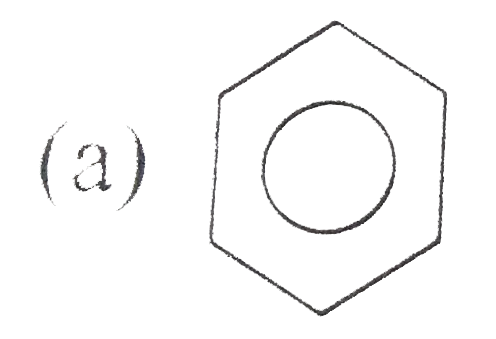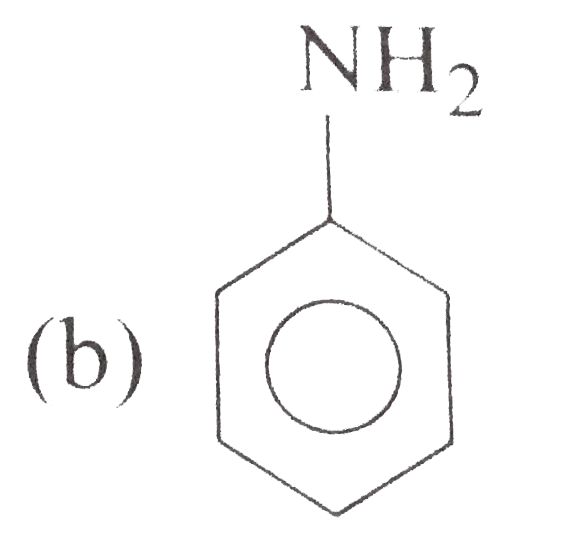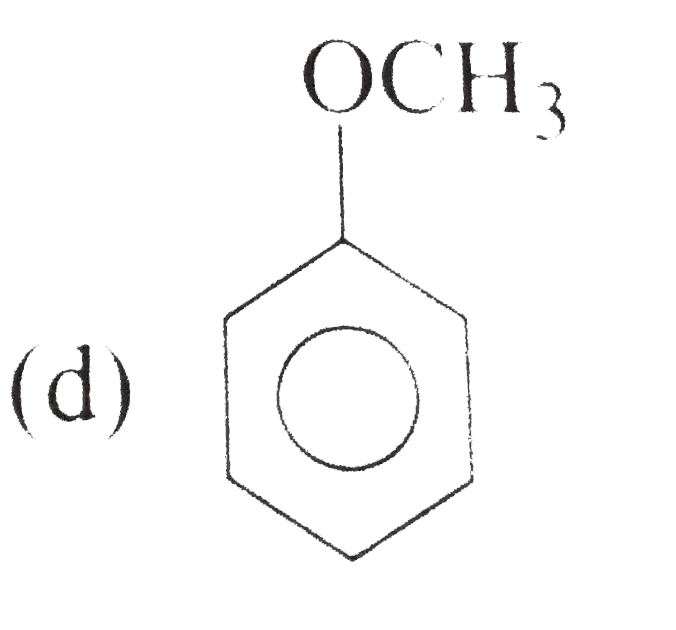Halogenation, sulphonation, Friedel-Craft's reaction of haloarenes is an example of:
addition reaction of benzene
electrophilic substitution reaction benzene
nucleophilic substitution reaction benzene
elimination reaction of benzene
The correct Answer is:B
To solve the question regarding the halogenation, sulphonation, and Friedel-Craft's reaction of haloarenes, we need to identify the type of reaction these processes represent.
1. Understanding the Reactions:
- Halogenation involves the introduction of halogen atoms (like Cl, Br) into the aromatic ring.
- Sulphonation involves the introduction of a sulfonyl group (SO3H) into the aromatic ring.
- Friedel-Craft's reactions (alkylation and acylation) involve the introduction of alkyl or acyl groups into the aromatic ring.
2. Identifying the Nature of the Aromatic Ring:
- The aromatic ring (like benzene or haloarenes) is electron-rich due to the delocalized π-electrons. This makes it susceptible to electrophilic attack.
3. Recognizing the Type of Reaction:
- All these reactions (halogenation, sulphonation, and Friedel-Craft's reactions) involve the substitution of hydrogen atoms on the aromatic ring by electrophiles.
- In these reactions, the electrophile attacks the electron-rich aromatic system, leading to the substitution of hydrogen atoms.
4. Conclusion:
- Since all these reactions involve the substitution of an electrophile for a hydrogen atom on the aromatic ring, they are classified as Electrophilic Substitution Reactions.
Final Answer:
The halogenation, sulphonation, and Friedel-Craft's reactions of haloarenes are examples of Electrophilic Substitution Reactions.
- Halogenation involves the introduction of halogen atoms (like Cl, Br) into the aromatic ring.
- Sulphonation involves the introduction of a sulfonyl group (SO3H) into the aromatic ring.
- Friedel-Craft's reactions (alkylation and acylation) involve the introduction of alkyl or acyl groups into the aromatic ring.
- The aromatic ring (like benzene or haloarenes) is electron-rich due to the delocalized π-electrons. This makes it susceptible to electrophilic attack.
- All these reactions (halogenation, sulphonation, and Friedel-Craft's reactions) involve the substitution of hydrogen atoms on the aromatic ring by electrophiles.
- In these reactions, the electrophile attacks the electron-rich aromatic system, leading to the substitution of hydrogen atoms.
- Since all these reactions involve the substitution of an electrophile for a hydrogen atom on the aromatic ring, they are classified as Electrophilic Substitution Reactions.
The halogenation, sulphonation, and Friedel-Craft's reactions of haloarenes are examples of Electrophilic Substitution Reactions.
Topper's Solved these Questions
- SAMPLE PAPER 05BOOK - EDUCART PUBLICATIONCHAPTER - SAMPLE PAPER 05EXERCISE - SECTION-C
6 Videos
- SAMPLE PAPER 05BOOK - EDUCART PUBLICATIONCHAPTER - SAMPLE PAPER 05EXERCISE - SECTION-C
6 Videos
- SAMPLE PAPER 04BOOK - EDUCART PUBLICATIONCHAPTER - SAMPLE PAPER 04EXERCISE - SECTION C
6 Videos
- SAMPLE PAPER 06BOOK - EDUCART PUBLICATIONCHAPTER - SAMPLE PAPER 06EXERCISE - SECTION-C
6 Videos
Similar Questions
Knowledge Check
Friedel-Crafts acylation is-
Aα-acylation of a carbonyl compoundBacylation of phenols to generate estersCacylation of aliphatic olefinsDacylation of aromatic nucleusWhich of the following mechanism is followed in halogenation, sulphonation and Friedal craft reaction of haloarenes?
ANucleophilic reaction of benzeneBElectrophilic reaction of benzeneCAddition reaction of benzeneDNucleophilic substituion reaction of benzeneFriedel-Crafts reaction is not given by:
A B
B C
C D
D
